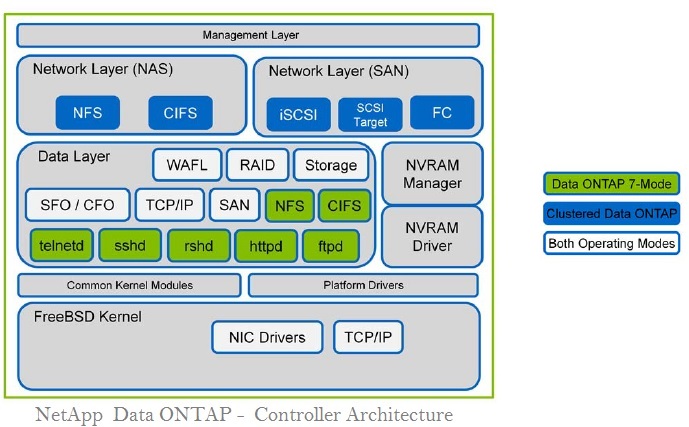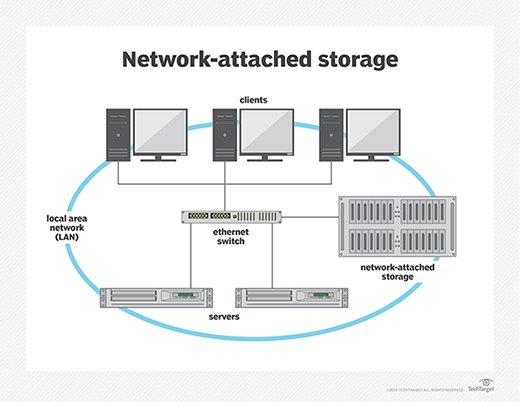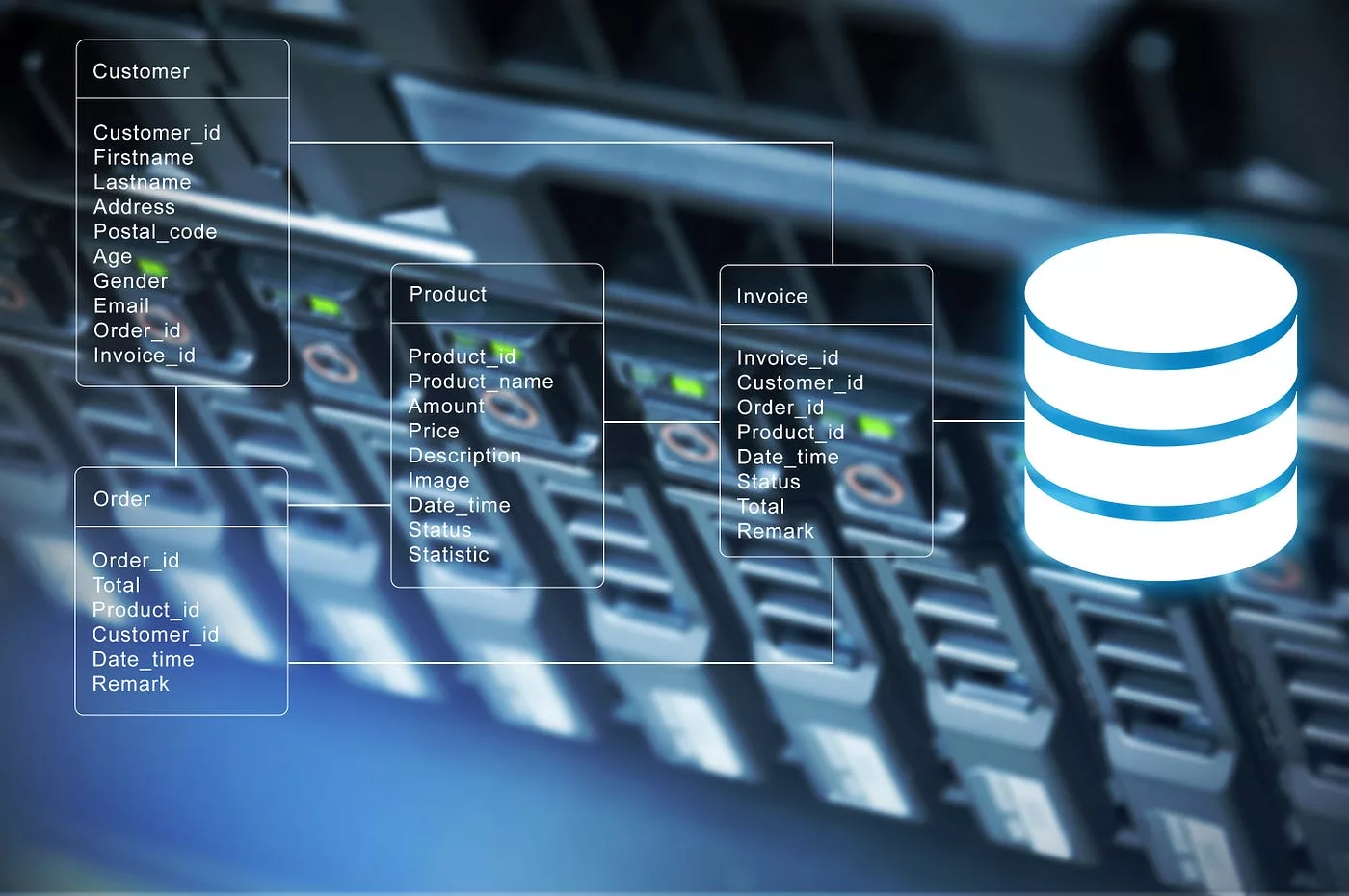Are you tired of manually configuring and managing your cloud infrastructure? Do you want a more efficient and scalable way to deploy resources on AWS? Look no further than AWS CloudFormation, the game-changing tool that brings the power of infrastructure as code (IaC) to your fingertips.
In this blog post, we’ll delve into the world of IaC and explore how AWS CloudFormation can revolutionize the way you provision and manage your cloud resources. Whether you’re an experienced developer or just starting out in the cloud, this guide will equip you with all the knowledge you need to leverage CloudFormation effectively.
So, let’s jump right in and discover why IaC is the future of infrastructure management!
AWS CloudFormation for Infrastructure as Code
AWS CloudFormation simplifies infrastructure management by allowing you to define and provision AWS resources in a declarative template. Say goodbye to manual configurations and hello to efficient, scalable, and repeatable infrastructure deployments!
Why use infrastructure as code?
Why use infrastructure as code? Because it brings efficiency, scalability, and consistency to your AWS environment. With infrastructure as code, you can automate the deployment and management of resources, saving time and reducing human errors.
Benefits of infrastructure as code
Infrastructure as code offers numerous benefits, such as increased speed and efficiency in deploying resources, improved scalability and reliability, simplified management and troubleshooting, and the ability to version control infrastructure configurations. It enables organizations to automate their infrastructure provisioning processes for greater agility.
Basics of Infrastructure as Code on AWS
What is Infrastructure as Code? It’s the practice of managing and provisioning infrastructure through machine-readable configuration files. With AWS CloudFormation, you can define your infrastructure in a template file and easily deploy it with just a few clicks.
What is Infrastructure as Code?
Infrastructure as Code (IaC) is the practice of managing and provisioning infrastructure resources using machine-readable files. It allows teams to define their infrastructure in code, providing version control, automation, and scalability advantages.
Introduction to AWS CloudFormation
AWS CloudFormation is a powerful tool that allows you to define and provision your infrastructure in a declarative manner. It enables you to create, update, and delete resources as code, making it easier to manage your AWS infrastructure efficiently.
Getting Started with AWS CloudFormation
Getting started with AWS CloudFormation is simple and straightforward. By understanding how it works and its use cases, you can begin building your infrastructure as code in no time. Let’s dive in!
How AWS CloudFormation Works
AWS CloudFormation works by allowing users to define their infrastructure as code using JSON or YAML templates. These templates describe the resources and their configurations, and CloudFormation takes care of provisioning and managing those resources in a consistent and automated manner.
Use Cases for CloudFormation
CloudFormation is a versatile tool with various use cases. It can be used to create and manage infrastructure for web applications, databases, networking configurations, and more. The possibilities are endless!
Customers using CloudFormation
CloudFormation has gained popularity among various customers for simplifying infrastructure management. Companies such as Netflix, Airbnb, and Dow Jones rely on CloudFormation to automate their deployments and ensure consistent environments.
Key Concepts and Features of AWS CloudFormation
AWS CloudFormation offers key concepts and features that make it a powerful tool for implementing Infrastructure as Code. Let’s explore some of these important aspects that can help you automate your infrastructure provisioning on AWS.
CloudFormation Template Terms and Concepts
When working with AWS CloudFormation, it’s important to understand the key terms and concepts related to its templates. Familiarize yourself with resource types, parameters, mappings, conditions, and outputs for effective infrastructure as code deployment.
Advanced CloudFormation Techniques
Learn how to take your AWS CloudFormation skills to the next level with advanced techniques such as using CloudFormation hooks and embedding IAM best practices. Take full control of your infrastructure as code deployment process!
Tips for Building Infrastructure as Code on AWS with CloudFormation
Building infrastructure as code on AWS with CloudFormation requires careful planning and execution. Here are some tips to help you along the way: use parameterization, leverage conditions, use nested stacks for modularization, implement rollback triggers, and automate deployments with CI/CD pipelines.
Best Practices for IaC on AWS
- Use version control for templates.
- Separate configuration from code.
- Test and validate your templates.
- Implement security best practices.
- Automate deployments with CI/CD pipelines.
- Monitor and track changes to your infrastructure over time.
5 Tips for Building IaC with CloudFormation
When building infrastructure as code with AWS CloudFormation, here are five tips to keep in mind:
- Structure your templates for readability and maintainability.
- Use parameters and mappings to make your templates more flexible.
- Leverage CloudFormation functions for dynamic resource configurations.
- Take advantage of stack policies to protect your resources from unintended changes.
- Utilize change sets to preview and validate changes before applying them to your stack
Advanced CloudFormation Techniques
Explore the power of AWS CloudFormation with advanced techniques. From using hooks for custom logic to embedding IAM best practices, take your infrastructure as code skills to the next level and unlock new possibilities in managing your AWS resources efficiently.
Using CloudFormation Hooks
CloudFormation Hooks offer a way to customize and extend the deployment process. They allow you to run scripts at specific points during stack creation or updating, making it easier to automate tasks and integrate with other AWS services.
Embedding IAM Best Practices with CloudFormation Hooks
One powerful feature of AWS CloudFormation is the ability to embed IAM best practices using CloudFormation Hooks. This ensures that your infrastructure follows security guidelines, enhancing overall system integrity and protecting against potential vulnerabilities.
Exploring Alternatives to AWS CloudFormation
Exploring Alternatives to AWS CloudFormation: Comparing IaC Tools like Ansible, Terraform, SaltStack, Chef, Puppet, Azure Resource Manager and AWS Elastic Beanstalk. Different tools for different needs. Choose the best fit for your infrastructure as code requirements.
Comparison of IaC Tools (Ansible, Terraform, SaltStack, Chef, Puppet, Azure Resource Manager, AWS Elastic Beanstalk)
When it comes to Infrastructure as Code (IaC), there are several tools available. Some popular ones include Ansible, Terraform, SaltStack, Chef, Puppet, Azure Resource Manager, and AWS Elastic Beanstalk. Each tool has its own strengths and use cases.
When is CloudFormation the Wrong Choice?
While AWS CloudFormation is a powerful tool for infrastructure as code, there are instances when it may not be the best choice. Factors like complex deployments or multi-cloud environments can make other tools like Terraform or Ansible more suitable alternatives.
Conclusion
The Power of AWS CloudFormation for infrastructure as code is undeniable. With its ability to automate and manage your entire infrastructure, it simplifies the deployment process and ensures consistency across environments. Embrace the future of IaC with CloudFormation!
Additional Resources and Related Articles
As you dive deeper into the world of infrastructure as code using AWS CloudFormation, there are a plethora of resources available to support your journey. Here are some additional resources and related articles that can help you enhance your skills and knowledge:
- AWS Documentation on CloudFormation: The official documentation provided by AWS is an invaluable resource for understanding the ins and outs of CloudFormation. It provides detailed information on all aspects of the service, including tutorials, best practices, reference guides, and troubleshooting tips.
- AWS CloudFormation Templates Repository: This repository offers a wide range of sample templates that you can use as a starting point for creating your own infrastructure as code solutions. It covers various scenarios and use cases to help you get inspiration and accelerate your development process.
- AWS CLI (Command Line Interface): The AWS CLI allows you to interact with CloudFormation through command-line commands, making it easier to automate tasks or integrate them into scripts or other tools.
- Stackery.io Blog: Stackery.io has an excellent blog that focuses on serverless architecture in general but also covers topics related to infrastructure as code using CloudFormation specifically. Their articles provide practical insights, tips, and best practices for building efficient serverless applications.
- “Infrastructure as Code” book by Kief Morris: If you’re looking for an in-depth guide on Infrastructure as Code principles and practices beyond just AWS CloudFormation, this book is highly recommended. It explores different tools like Terraform while providing valuable insights into designing scalable infrastructures.
Conclusion
Remember that this list is not exhaustive – there’s always more to explore! Continuously staying up-to-date with new developments in the field will keep you at the forefront of infrastructure automation.
By leveraging these additional resources alongside your experience gained from working with AWS CloudFormation, you’ll be able to master infrastructure as code techniques effectively!
Start building reliable infrastructures efficiently today with AWS CloudFormation and enjoy the benefits of automating your infrastructure management process. Happy coding.





